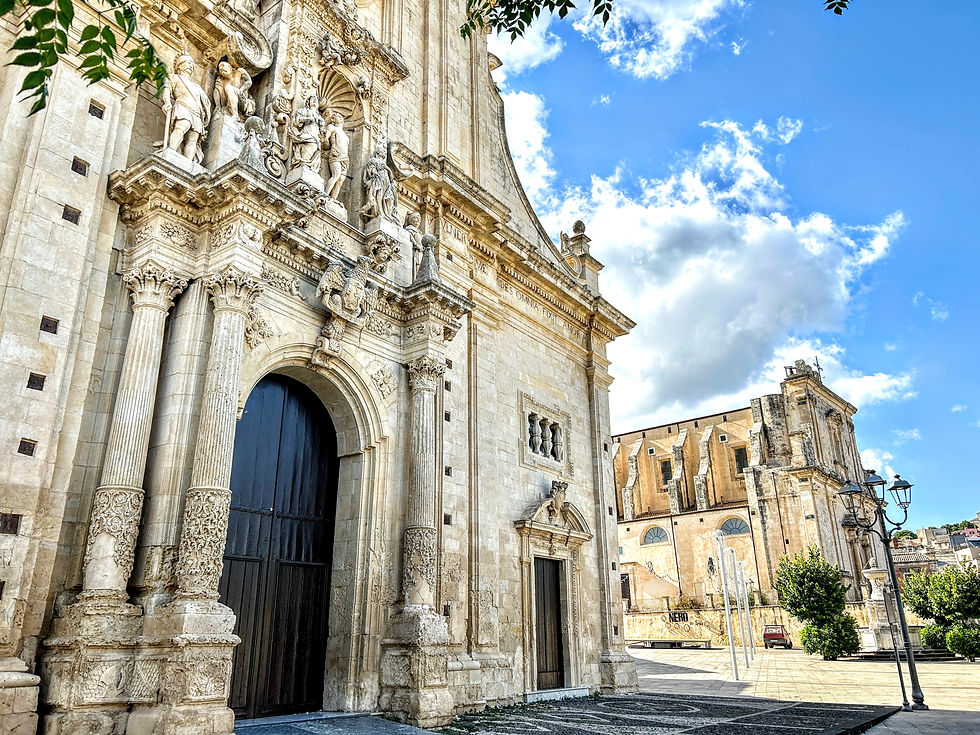Considered the capital and the green heart of Garfagnana: an etymological mix that means "stone band," which recalls the Apuan Alps... #tuttitaly
Castelnuovo di Garfagnana, located in the province of Lucca in Tuscany, is the capital of the Garfagnana.
History
The first historically documented news of the inhabited center dates back to 740, in the Lombard era.
In 1429, with the offensive against Florence, Castelnuovo submitted to Nicolò d'Este of Ferrara, thus escaping the dominion of Lucca and avoiding the Florentine conquest.
Under the Estensi, Castelnuovo experienced a period of extraordinary splendor.
In 1512, however, during the War of the League of Cambrai, Castelnuovo was invaded by the troops of Pope Julius II and his allies at war with the Este family.
In 1521, the Florentines took possession of the city, supported by Pope Leo X: a period of continuous invasions and armed clashes subjected the population to violence and looting.
When the pope died, the people of Castelnuovo entered the castle. They drove out the papal commissioner, the Florentine Giulio de' Medici, demanding the return of the protection of the Este family.
Castelnuovo remained part of the Este family until the advent of Napoleon's French troops. The latter aggregated it to the Cispadana Republic, then to the Cisalpine Republic, and finally, in 1805, to the principality of Lucca and Piombino.
In 1923, Castelnuovo was aggregated into the province of Lucca.
Monuments
In the 16th century, the Cathedral of Saints Peter and Paul was built on the remains of a pre-existing Romanesque church dating back to the 11th century. In the Baroque age, the interior underwent profound changes, with the addition of nine altars, with the typical decorative effort of the time. It preserves a splendid Della Robbia terracotta altarpiece depicting St. Joseph.
The Chapel of San Giuseppe preserves the so-called Black Christ, a sculpture from the 15th century, which survived the fire that struck the sacristy in 1977.
The Rocca Ariostesca is the city's symbol and owes its name to hosting the poet Ludovico Ariosto from 1522 to 1525.
The Teatro Comunale Vittorio Alfieri is the second theater in the province after the Teatro del Giglio in Lucca. It was inaugurated on the evening of 22 August 1860 with The Foreigner by Vincenzo Bellini.


























Comments